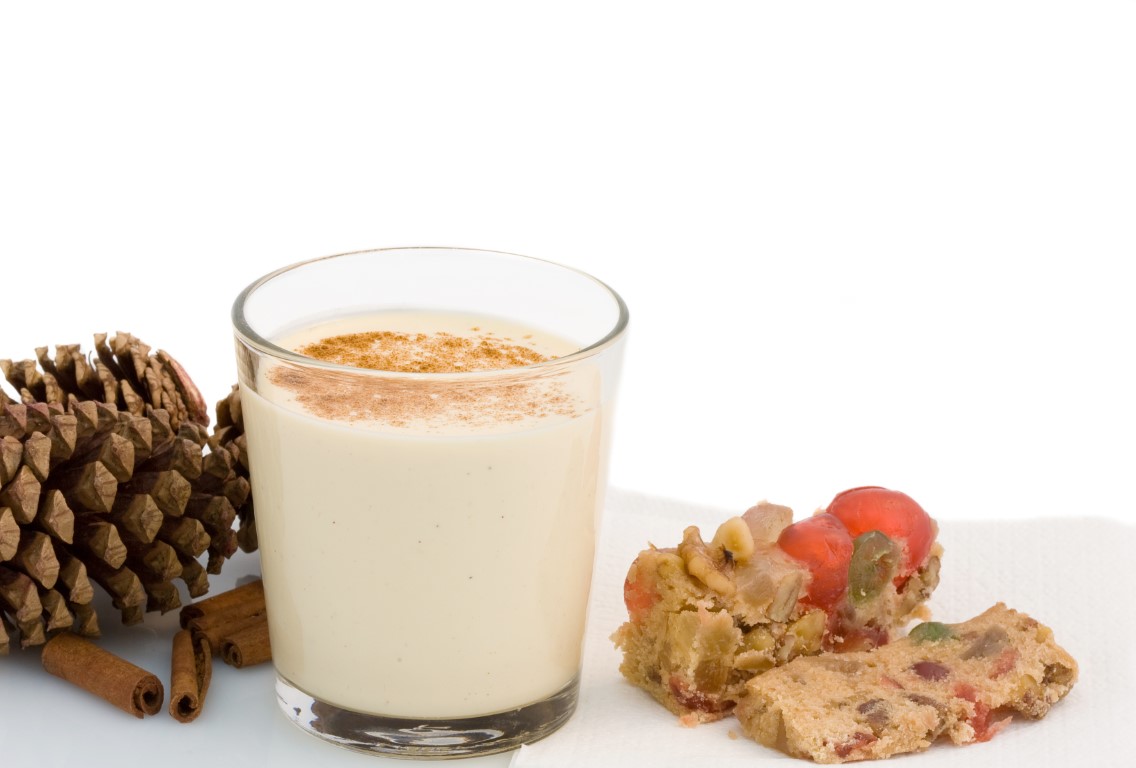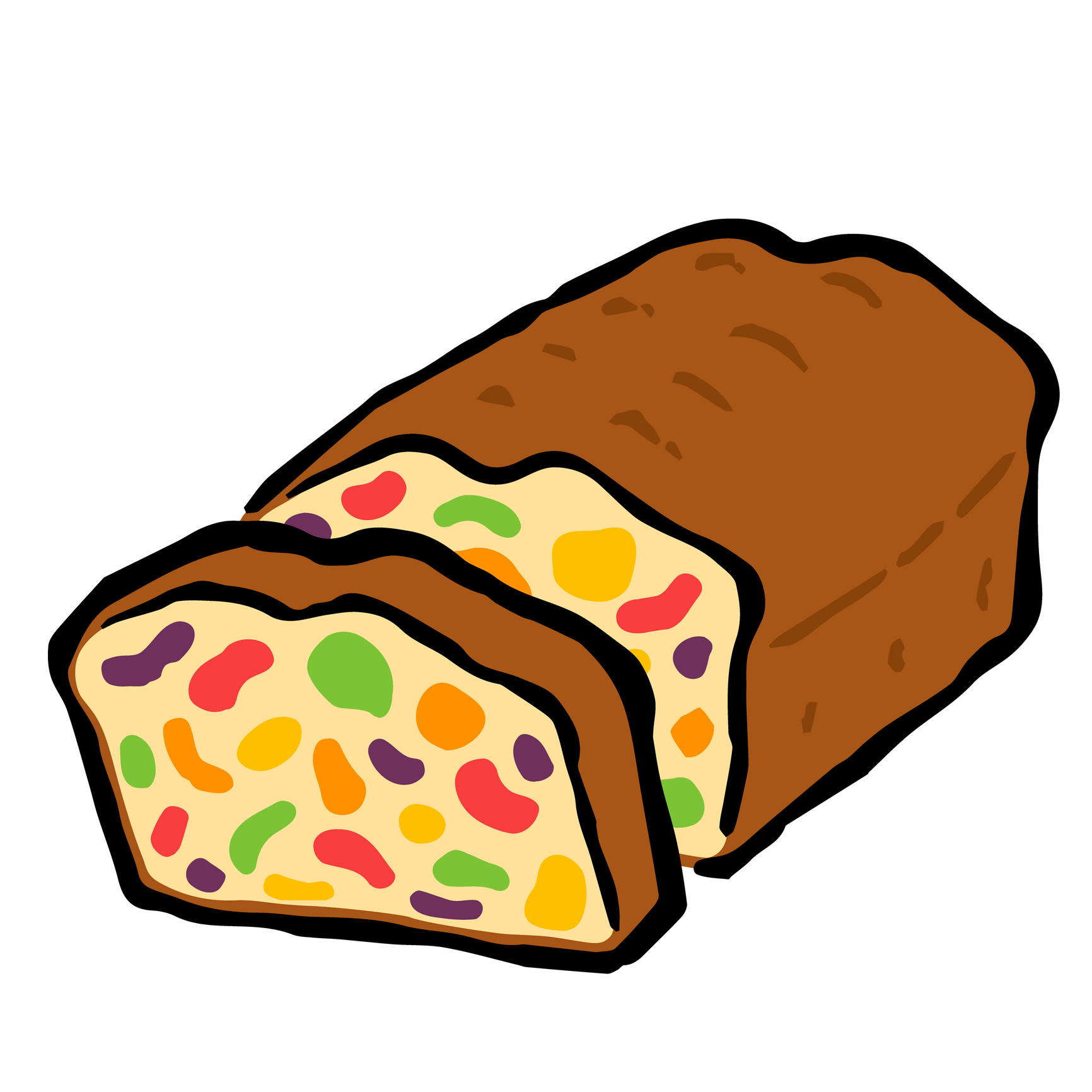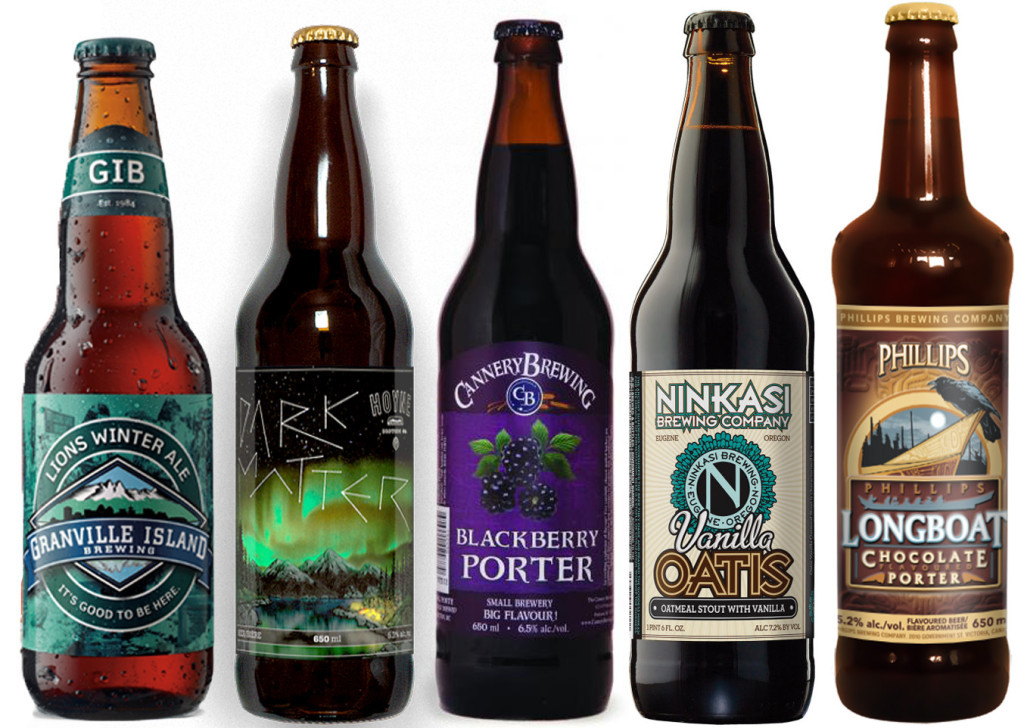
Christmas treats that just always seem to have been around
By Morgan Hannah, Life & Style Editor
It’s a very practical food: filling, nutritious, and full of preservation—in fact, the expiry date for my loaf was in May 2021!
Christmas fruitcake and eggnog are the dynamic duo often seen at Christmas parties, especially when the crowd is more… mature. My brother can’t eat Christmas fruitcake—more accurately, he won’t. It’s not so much that he’s a picky eater (besides mushrooms, those are a no-go) it’s just that the flavour of preserved fruits, nuts, and dense sweet bread altogether isn’t one his palate can handle. I, on the other hand, love fruitcake! I am also new to it, since recently having found a dairy and wheat-free loaf at my local farmer’s market. Munching on a slice got me thinking about where it must have come from.

It’s a very practical food: filling, nutritious, and full of preservation—in fact, the expiry date for my loaf was in May 2021! Perhaps fruitcake was a wartime creation… that makes sense, doesn’t it? I turned to the good ol’ internet and, love it or loath it, Christmas fruitcake is a reliable, traditional “cake” that has roots in England, but its origin comes from ancient Roman times. It’s possible that some of those ancient times have followed us into the present; Manitou Springs, Colorado, has an annual fruitcake toss where unwanted loaves are bid adieu by catapults. Also, a neat fact I recently learned is that December 27 is national fruitcake day! But how did the fruitcake fall from grace? Perhaps it was when mass-produced mail-order fruitcakes were made available in the early 20th century, with their damaging dry-and-encrusted-with-fruits image.

Another strange but highly festive and delicious treat: eggnog! Eggnog comes in a variety of versions, including a vegan one with no eggs or dairy but all the flavour and spice. But where did eggnog originate from? While historians debate eggnog’s exact origins, it is commonly agreed that this spiced spiked egg and milk mixture came from early medieval Britain “posset,” which is a hot ale and milk beverage. In medieval times, milk, eggs, sherry, and certain fruits were considered wealthy person foods, and so eggnog (or posset) was used to toast good health and good fortune. By the 1700s, Mexico embraced eggnog and improved it with a splash of rum, which is a signature ingredient nowadays, and Puerto Rico made the beverage with coconut milk. The name eggnog is still an enigma, however. Some say that “nog” refers to a “noggin,” which is a wooden cup, or perhaps “grog,” which is a stiff ale. Either way, the name eggnog stuck around and has made it into modern day dialogue.
This year why not indulge in a slice of good ol’ fruitcake and a cup of eggnog with your family!


